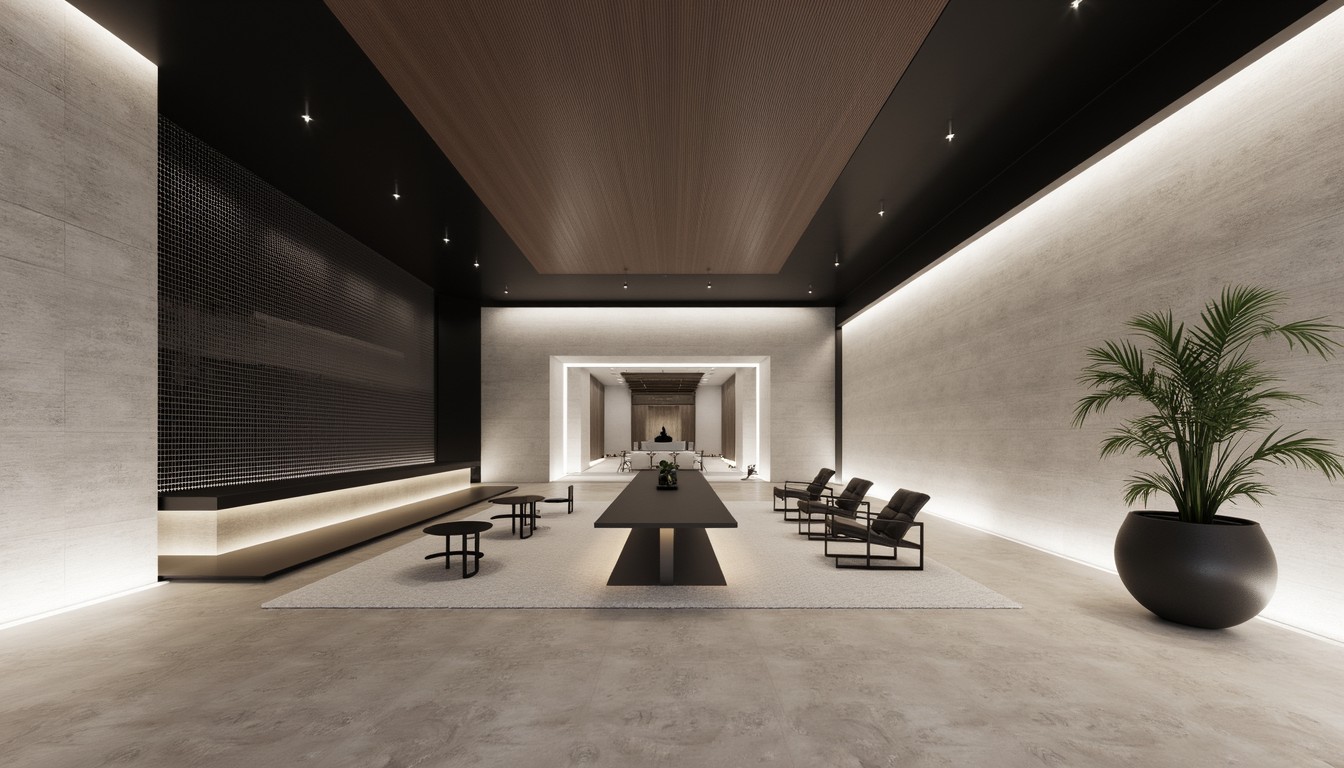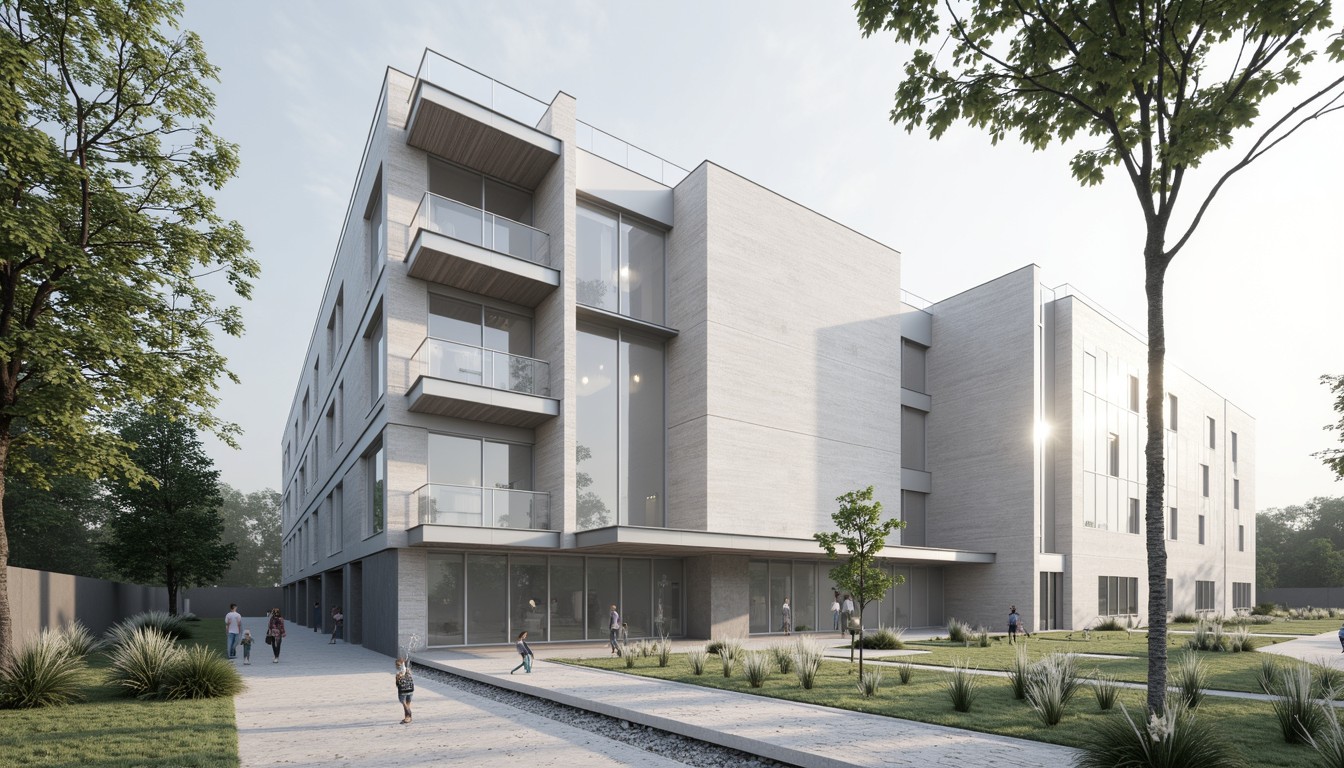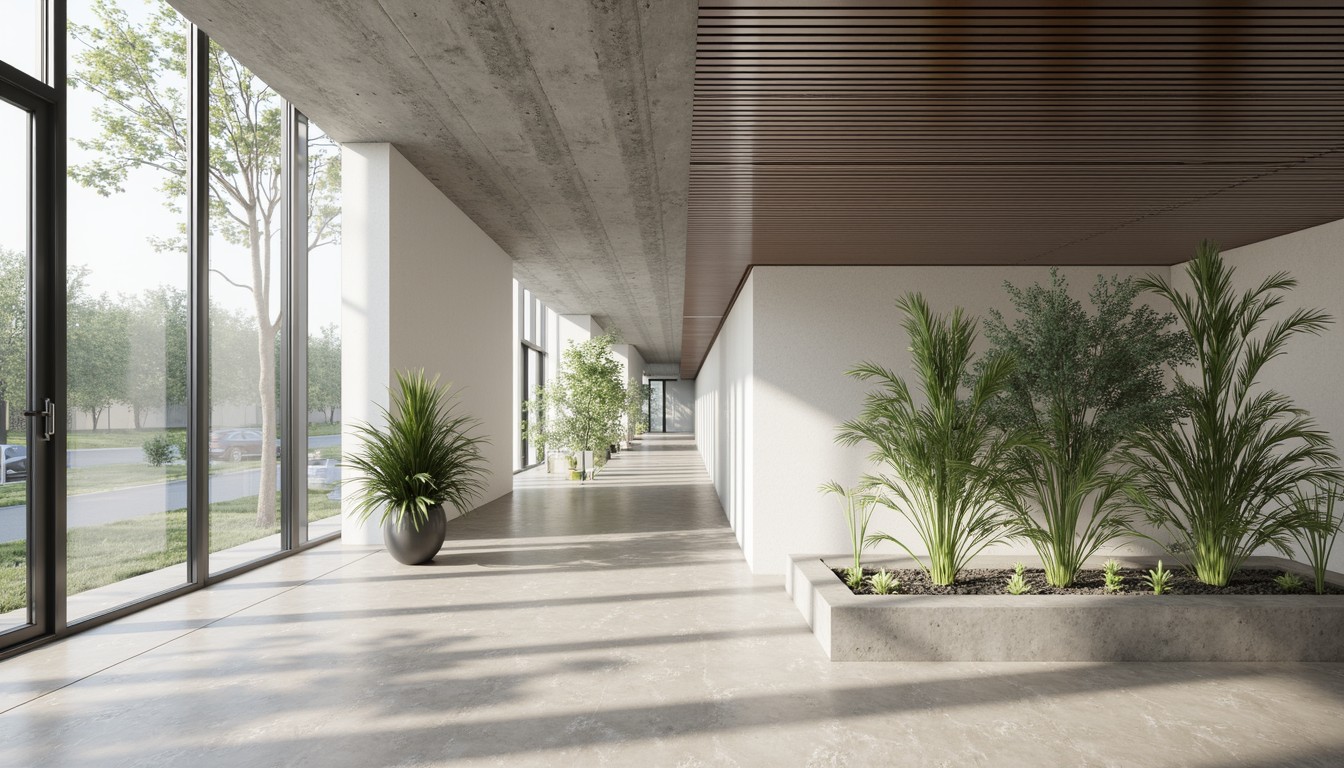Digital Transformation: Reshaping the Future of Architecture
The architectural landscape is undergoing a dramatic shift, driven by the rapid advancement and integration of digital technologies. This digital transformation is not merely a trend; it's a fundamental reshaping of how architects design, collaborate, and deliver projects. From conceptualization to construction, digital tools are enhancing efficiency, improving collaboration, and unlocking new levels of creative potential. This article explores the key aspects of this transformation and how ArchNav is at the forefront of this exciting evolution.
Building Information Modeling (BIM): The Cornerstone of Digital Architecture

Building Information Modeling (BIM) is arguably the most significant digital tool to impact architecture in recent years. BIM is more than just 3D modeling; it's a process that creates and manages digital representations of physical and functional characteristics of places. This intelligent model contains detailed information about every aspect of a building, including geometry, materials, systems, and spatial relationships. The benefits are multifaceted:
- Improved Collaboration: BIM facilitates seamless collaboration among architects, engineers, contractors, and clients, leading to better coordination and reduced errors.
- Enhanced Design Accuracy: The detailed nature of BIM minimizes design clashes and inconsistencies, resulting in more accurate and efficient designs.
- Cost and Time Savings: Early detection of errors and improved coordination translates to significant cost and time savings throughout the project lifecycle.
- Sustainable Design: BIM enables architects to analyze the environmental impact of design decisions, promoting sustainable building practices.
Virtual Reality (VR) and Augmented Reality (AR): Immersive Design Experiences
Virtual and augmented reality technologies are transforming the way architects present and experience their designs. VR allows clients and stakeholders to virtually walk through a building before it's even built, providing an immersive and engaging experience. AR overlays digital information onto the real world, enabling architects to visualize designs in their actual context. These technologies:
- Enhance Client Communication: VR and AR provide powerful tools for communicating design ideas effectively to clients, facilitating better understanding and approval.
- Improve Design Visualization: Architects can explore design alternatives and make informed decisions based on realistic visualizations.
- Facilitate Design Exploration: The immersive nature of VR and AR encourages creative exploration and the development of innovative design solutions.
Artificial Intelligence (AI) and Machine Learning (ML): Automating and Optimizing Design Processes

Artificial intelligence and machine learning are increasingly being integrated into architectural design workflows. AI-powered tools can automate repetitive tasks, analyze large datasets, and generate design options based on specific parameters. This leads to:
- Increased Efficiency: Automation of tasks frees up architects to focus on higher-level design decisions.
- Data-Driven Design: AI can analyze vast amounts of data to identify optimal design solutions based on performance criteria.
- Generative Design: AI algorithms can generate multiple design options, exploring a wider range of possibilities than traditional methods.
Paramateric Design: Algorithmic Control for Complex Forms
Parametric design uses algorithms and computational tools to define design parameters and relationships. Changes in one parameter automatically update other related elements, allowing for dynamic exploration and optimization of design solutions. This approach enhances:
- Design Flexibility: Easily explore numerous design variations based on changing parameters.
- Design Optimization: Achieve optimal designs based on performance criteria, like structural efficiency or energy consumption.
- Complex Form Generation: Create intricate and organically shaped designs that would be impossible with traditional methods.
The ArchNav Advantage: Embracing Digital Transformation

ArchNav understands the transformative power of digital technologies in architecture. We leverage the latest advancements in BIM, VR, AI, and parametric design to deliver exceptional architectural visualization services. Our team of expert artists and technologists utilize these tools to create stunning visuals, immersive experiences, and detailed models that help architects bring their visions to life. We are committed to helping our clients navigate the complexities of digital transformation and harness the full potential of these powerful technologies.
Conclusion
The digital transformation of architecture is an ongoing process, but its impact is already undeniable. By embracing these new tools and technologies, architects can enhance their design processes, improve collaboration, and create more innovative and sustainable buildings. ArchNav is dedicated to being a leader in this transformation, providing cutting-edge architectural visualization services that empower architects to achieve their design goals. Contact us today to learn how we can help you leverage the power of digital technology to elevate your architectural projects.
